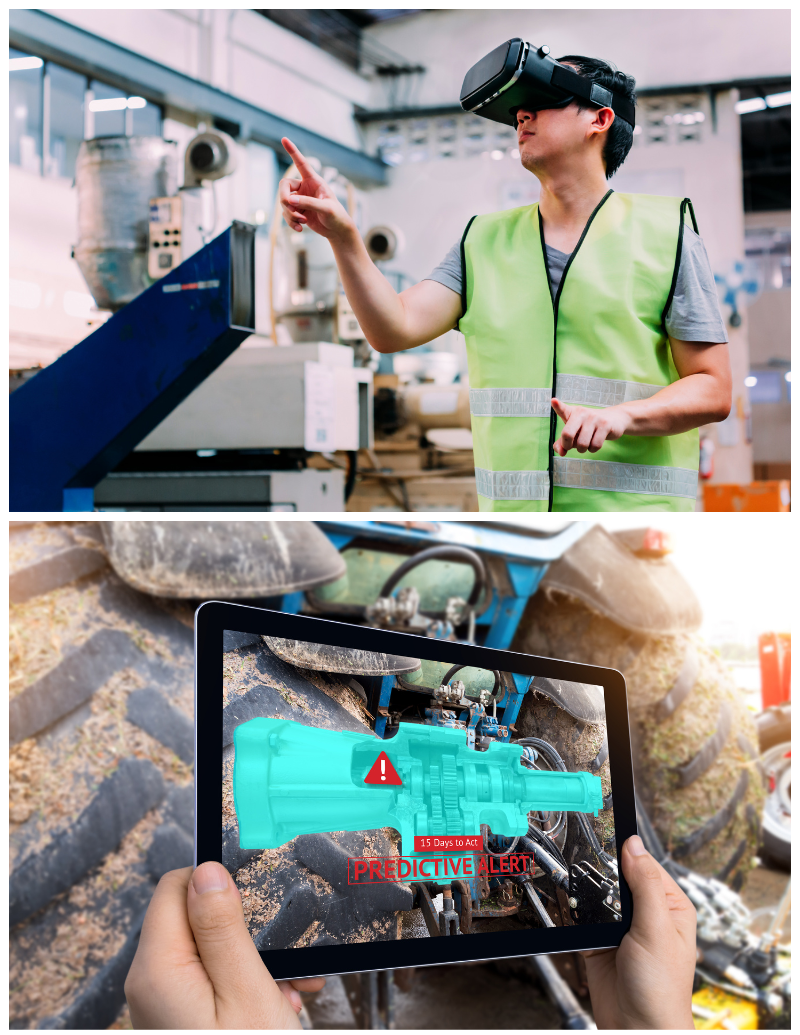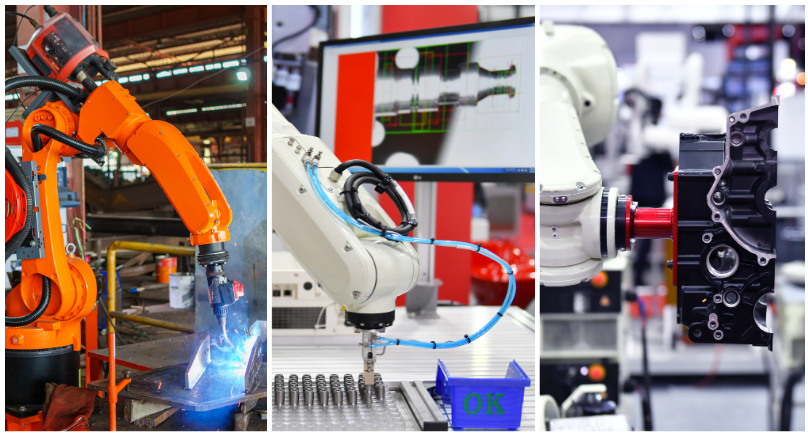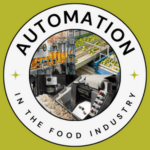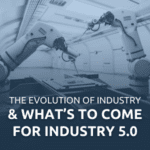Navigating the World of Automation: Essential Tools and Software for Manufacturing Engineers and Technicians
In the rapidly evolving landscape of modern manufacturing, automation plays a vital role in enhancing efficiency, precision, and productivity. Having the right tools and software can significantly impact processes and maximize output.
Here are 10 essential tools and software products that professional manufacturing engineers and technicians will find indispensable for performing their jobs more efficiently and effectively:
1. Real-Time Location Systems
Use an RTLS to keep tabs on manufacturing equipment in your facilities. Doing so will help you avoid hits to your bottom line that can come from losing track of vital assets, including the labor needed to locate them before the production schedule suffers.
2. Project Management Tools
Technicians and engineers collaborate more readily when they have access to project management tools, such as Basecamp, Microsoft Project, and Smartsheet. Using these tools allows for resource allocation, progress monitoring, and schedule adjustments. Additionally, documents vital for managing large-scale projects can be easily shared.
3. Digital Prototyping
For maximum production flexibility, deploy digital prototyping tools. These tools enable you to develop digital prototypes of items, such as control panels and consumer interfaces for products, before advancing to the creation of physical prototypes. Keep in mind that computer-aided design packages tend to include a digital prototyping feature.

4. Computer-Aided Design
Engineers can use CAD, or computer-aided design, to design, modify, and update individual parts or entire systems. CAD software allows users to envision models of components and then output the blueprints. Additionally, they can simulate real-world use of their designs, often with digital prototyping capability.
5. Exoskeletons
An increasing number of companies are implementing exoskeletons in the workplace. Workers on the factory floor wear robotic exoskeletons, which provide power to let them perform ‘superhuman’ tasks, such as lifting heavy items that ordinary humans cannot manipulate. Exoskeletons also aid in injury prevention and enable workers to remain on the job longer since they are not exhausted by manual labor.


6. Augmented Reality
Augmented reality (AR) technology, like smart glasses, can help engineers and technicians work more effectively. Smart glasses overlay digital information onto the real-world view, providing precise guidance and invaluable assistance. Users can access information instantly, aiding tasks such as identifying control mechanisms or safety features on complex machines. Additionally, workers can obtain instructions without needing to consult a separate list, allowing them to stay focused on the task at hand.
7. Simulation Software
Curious about how your products will perform in different scenarios? Skip the time-consuming real-world testing and use simulation software instead. With the software, engineers can quickly create and test product variations to see how they perform before producing physical prototypes.
8. Robots
The importance of robotics in manufacturing facilities cannot be overstated. Robotic systems streamline operations, alleviate staffing challenges, and enhance safety. Unlike human workers, robots operate 24/7 without breaks, leading to smoother production scheduling. They excel in handling heavy objects and executing dangerous tasks, thereby protecting human workers from potential injuries. By leveraging robotics, engineers and technicians can focus on more complex tasks while still ensuring consistent and reliable production processes.
9. Internet of Things (IoT)
People can’t be everywhere all at once in a factory nor can they spend all day examining sensors and monitoring how equipment is functioning. Deploying Internet of Things (IoT) devices allows for eyes and ears across the facility. Is a moisture sensor indicating a process running out of specification? Does a container weigh much less than it should, signaling a leak? IoT devices can provide real-time data, enabling professionals to address issues promptly and optimize production processes.
10. Machine Vision
Installing digital cameras powered by machine vision, a form of artificial intelligence, serves a dual purpose in manufacturing facilities. Not only can these cameras inspect each item that comes down the line for product defects and cosmetic problems, automatically diverting flawed ones for recycling or quick repair, but they can also contribute to enhanced security measures. Machine vision systems can detect unauthorized individuals in the facility, further bolstering security measures.


The versatility of automated systems and software is evident across a wide range of industries, where they play a pivotal role in enhancing operations. From aerospace and automotive to consumer goods, HVAC, power, and railroads, automation has a significant impact on both the efficiency and productivity of facilities as well as the effectiveness of the workers within them.
The use cases highlighted above illustrate how such technology not only boosts productivity and competitiveness but also enables companies to adapt to evolving demands, positioning themselves for sustained success.
Author Bio: Julie Workman is the Marketing Manager for Acieta, a company specializing in industrial robotics automation that helps North American manufacturers be competitive globally.




